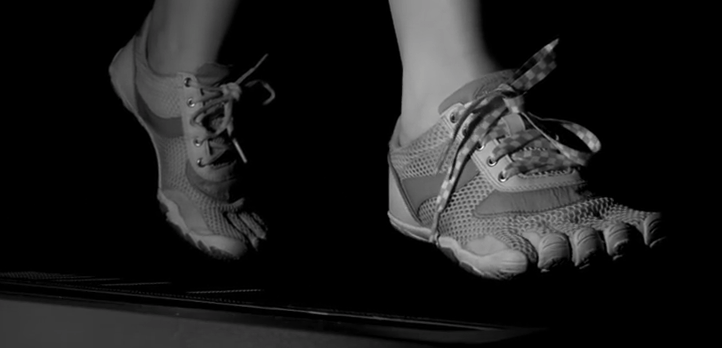Science has finally explained why your shoelaces keep coming undone

Bending down to tie our shoelaces is one of life’s extremely small annoyances – but no one has ever been quite sure when they come undone in the first place.
Well, until now that is – after researchers at UC Berkeley conducted a study into lace loosening and attempted to work out exactly why it occurs.
They discovered that it’s all to do with the way our feet hit and leave the ground – causing a ‘stomp and whip’ effect that loosens the knot and tugs on the end until the entire lace is unravelled.
Christopher Daily-Diamond, the study’s co author, says: ‘When you talk about knotted structures, if you can start to understand the shoelace, then you can apply it to other things, like DNA or microstructures, that fail under dynamic forces.
‘This is the first step toward understanding why certain knots are better than others, which no one has really done.’
The discovery was made after researchers recorded the process of a shoelace untying in slow motion – which was achieved by filming a runner’s feet as she exercised on a treadmill.
The footage showed that your foot often strikes the ground at seven times the force of gravity.
In response to that force, the knot then stretches and relaxes in response. As the knot loosens, the swinging leg then applies an force on the free ends of the laces, which eventually leads to the knot unravelling of the knot in as few as two strides.
MORE: Adorable dog pretends to love the miniature bed his owner bought by mistake
MORE: More than half of Brits can’t tell the difference between a flower and a weed
Christine Gregg, the Berkeley student who ran on the treadmill, said: ‘Some laces might be better than others for tying knots, but the fundamental mechanics causing them to fail is the same, we believe.
She added: ‘Your laces can be fine for a really long time, and it’s not until you get one little bit of motion to cause loosening that starts this avalanche effect leading to knot failure.’

 Yahoo News
Yahoo News 


